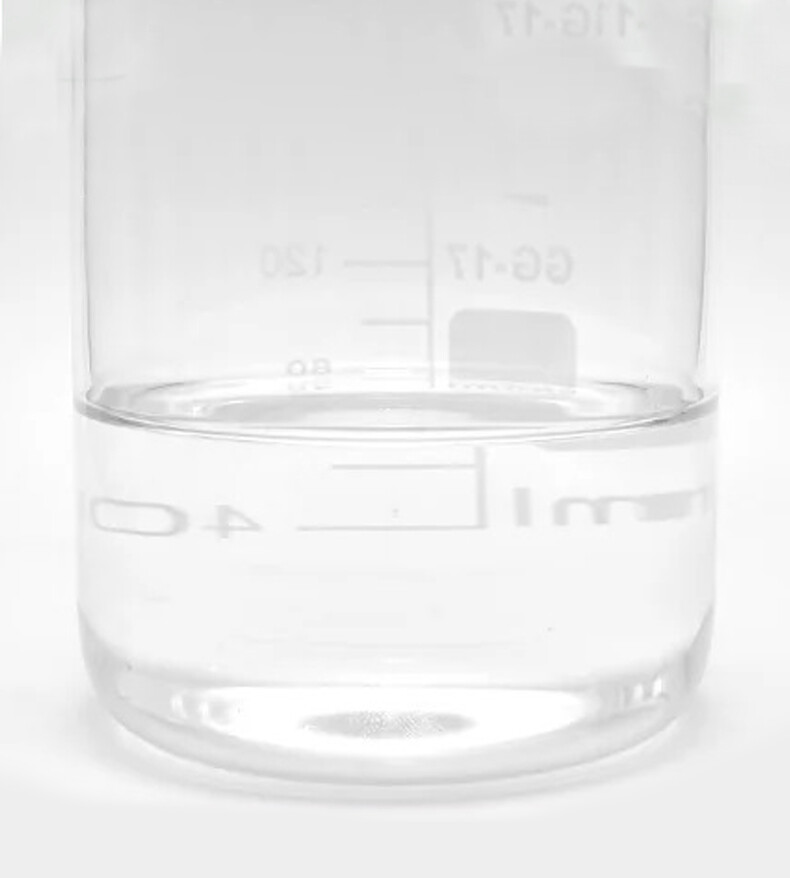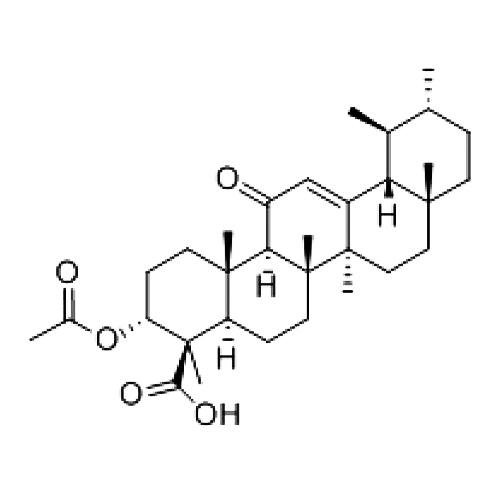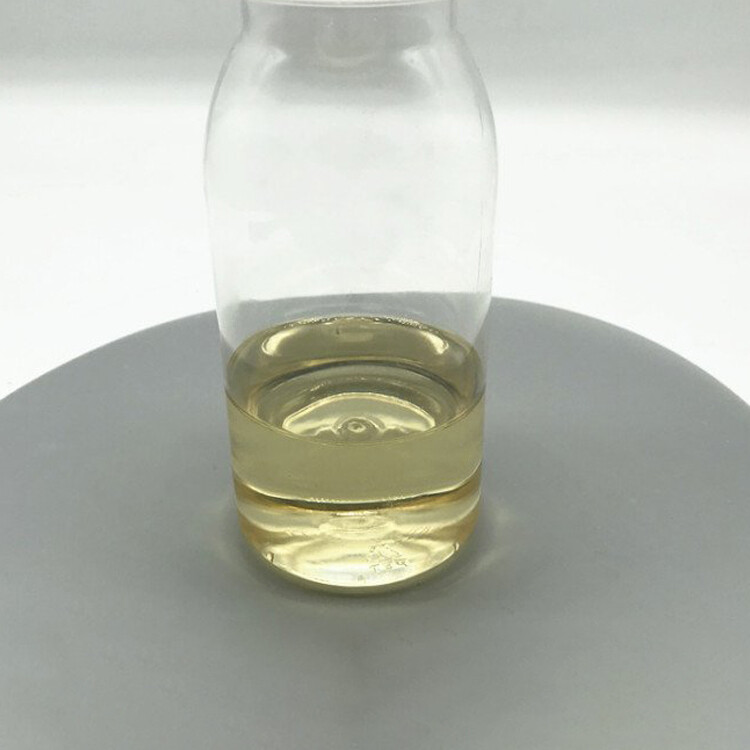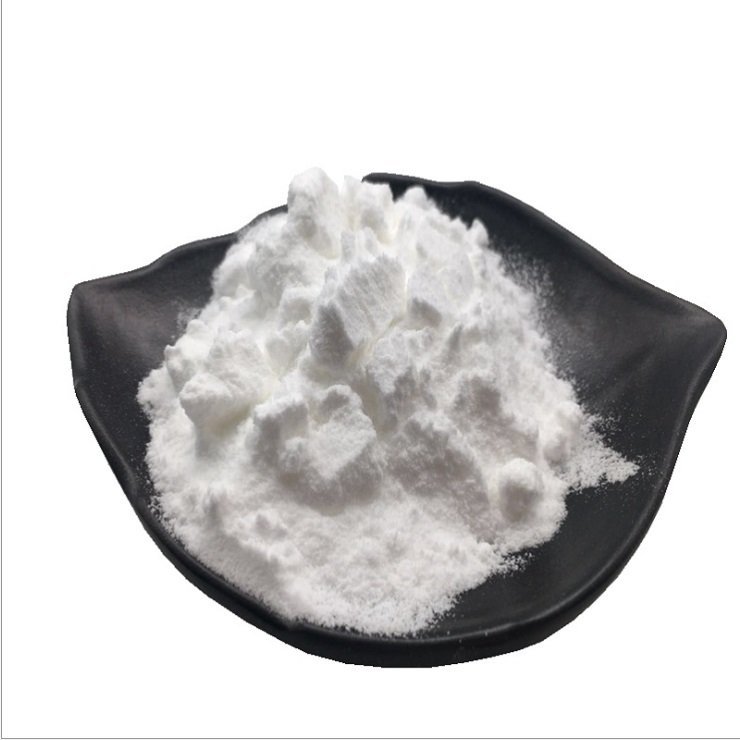
PRODUCTS
PRODUCT
PRODUCT INTRODUCTION
Dimethyl sulfoxide (DMSO) is a sulfur-containing organic compounds, molecular formula for C2H6OS, colorless, odorless transparent liquid at room temperature, is a hygroscopic combustible liquid. It has the characteristics of high polarity, high boiling point, good thermal stability, non-protonic, miscible with water, soluble in most organic substances such as ethanol, propanol, benzene and chloroform, etc., and is regarded as a "universal solvent". In the presence of acid heating will produce a small amount of methyl mercaptan, formaldehyde, dimethyl sulfur, methyl sulfonic acid and other compounds. At high temperature there is decomposition phenomenon, meet chlorine can occur violent reaction, burning in the air issued light blue flame. It can be used as organic solvent, reaction medium and intermediate of organic synthesis. It can also be used as dyeing solvent for synthetic fibers, de-dyeing agent, dyeing carrier as well as recycling acetylene, sulfur dioxide absorber.
Chromium chloride, manganese chloride and other transition metal halides and potassium chloride, sodium chloride and other halides in DMSO has a certain solubility, so it can be used in organic electrochemistry.
BASIC USE
Dimethyl sulfoxide is widely used as solvents and reaction reagents, especially for acrylonitrile polymerization reaction as processing solvents and extraction solvents, as polyurethane synthesis and extraction solvents, as polyamide, polyimide and polysulfone resin synthesis solvents, as well as aromatic hydrocarbons, butadiene extraction solvents and synthesis solvents of chlorofluorobenzenephenylamine and so on.
DMSO is dimethyl sulfoxide, widely used. Used as a solvent for acetylene, aromatic hydrocarbons, sulfur dioxide and other gases, and as a solvent for spinning acrylic fibers. It is an extremely important non proton polar solvent that is soluble in water and organic solvents. It has strong permeability to the skin, which helps the penetration of drugs into the human body. Can also be used as an additive for pesticides. It is also a very important chemical reagent.





